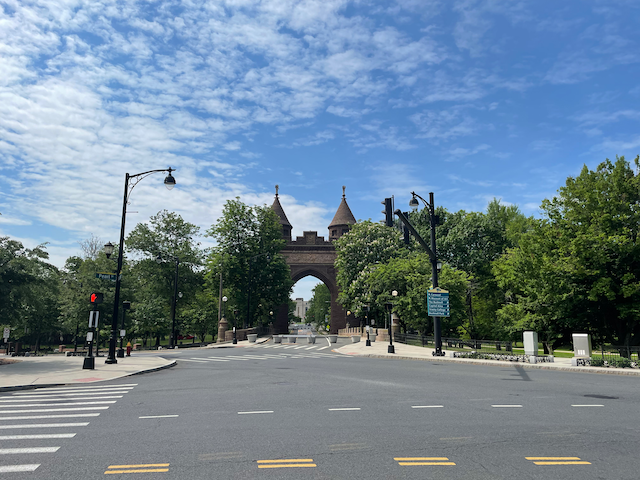Note: I originally posted this on Substack, but have decided to cross-post my content here on Overstatement.
Watching the current administration take the reigns of the most powerful institutions in the world has caused me to wonder where exactly we slipped off the rails. Social media, renewed culture wars, economic woes all have played a part in destabilizing our society and creating openings for extremism of one kind or another. But I also think that leadership as a concept has been lost along the way. It seems that those who assume positions of power are not able exhibit the kind of leadership we need. Our leaders are hollow representatives of our worst inclinations and lowest ambitions. While I am concerned about the broader political agendas of the current administration, regardless of your political orientation effective leaders provide immense value in generating desirable outcomes.
Leadership is fundamentally broken today.
In 1968, Robert Greenleaf wrote his essay “The Leader as Servant.” A few years letter, this essay along with a number of related essays was published in book form as Servant Leadership: A Journey into the Nature of Legitimate Power and Greatness. The book became enormously influential in the years that followed, shaping ideas on leadership in government, business, nonprofit and religious organizations. Yet reading it today, much seems to have been forgotten. I recalled “servant leadership” as an idea as I watched the campaigns and elections last year, precisely because the concept seemed so absent in and alien to our politics.
For this substack, I am going to read through the chapters of Servant Leadership and offer some thoughts and reflections. I suspect the book will seem a little quaint; a remnant from a past that wasn’t really all that long ago, but that has been buried by some very strange and curious turns of history. I am hopeful that some of its observations and lessons will seem viscerally relevant to our moment. Even more than that, I hope we can reflect on our collective resources and find within them a renewed leadership that can address the crisis of our times.
I look forward to reading.
By the way, it is worth noting that Greenleaf didn’t come up with his ideas in a vacuum. Others were also thinking along the same line. Because of this, I intend to read another book after this. Martin Luther King’s 1967’s Where Do We Go From Here: Chaos or Community is a powerful reflection on the struggles of King’s time. No doubt some of this words will resonate well with our struggles too. And no one in the last 100 years embodied “servant leadership” as well as Dr. King.





